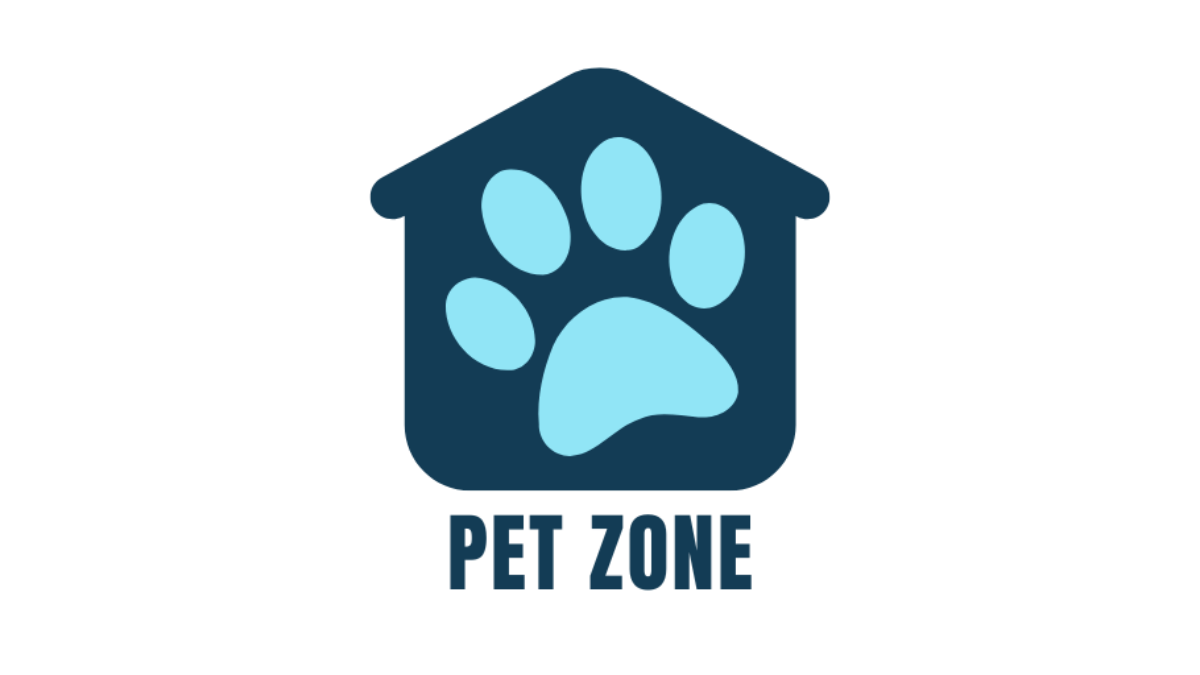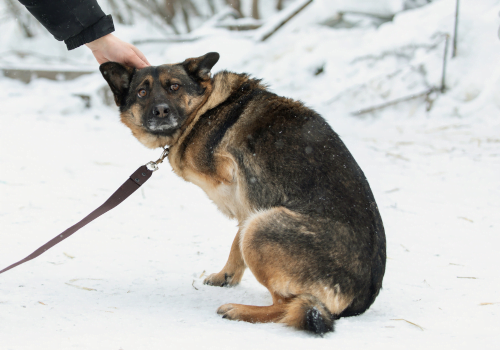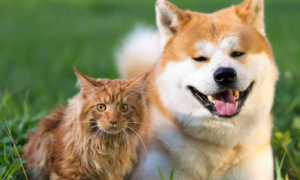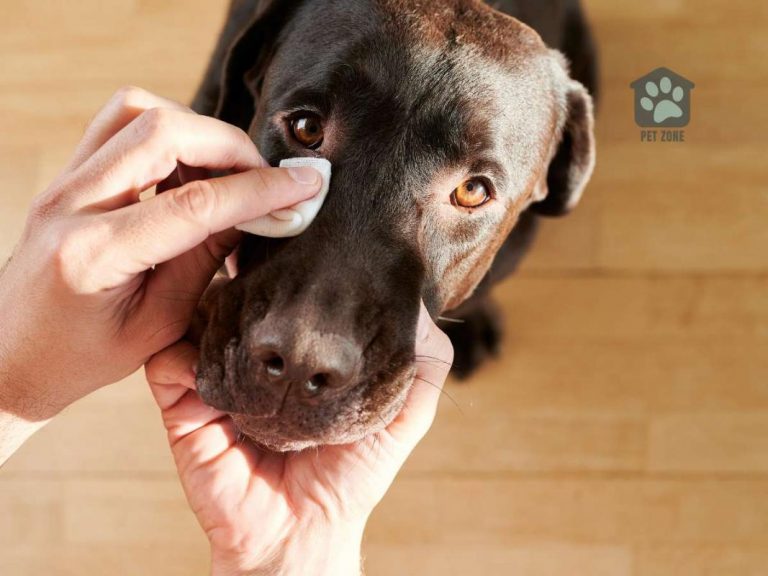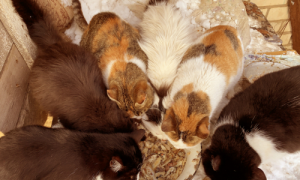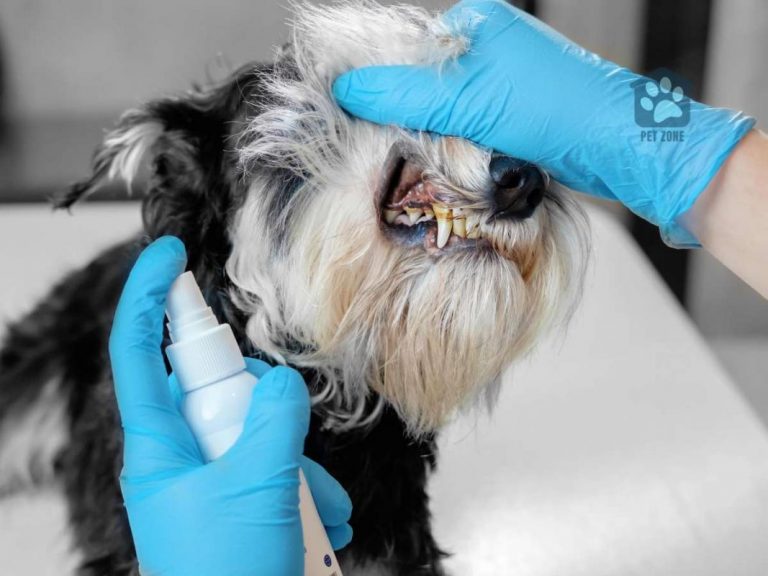Estimated reading time: 4 minutes
Dogs, like humans, have a unique way of expressing their emotions, and one of the primary ways they do this is through their tails. Understanding your dog’s tail language can provide valuable insights into their emotional state and overall well-being. Have you ever wondered, “Why does my dog tuck her tail when I pet her?”
Familiarizing yourself with your dog’s tail signals can offer important observations into their emotional condition and general health.
Understanding Canine Tail Language
Dogs use their tails as a form of communication. The position and movement of a dog’s tail can help indicate its mood and behavior. A wagging tail often signifies happiness, while a tucked tail can indicate fear or submission.
However, context is key, and it’s essential to consider other body language signs and the situation at hand.
Why Does My Dog Tuck Their Tail Between Their Legs When I Pet Them?
When your dog tucks their tail while you pet them, it could mean several things. A pooch whose tail is tucked between his legs could indicate fear, submission, or even physical discomfort. Let’s delve deeper into these possibilities.
Fear or Anxiety
Many dogs show fear by tucking their tails between their legs. This is a common behavior in dogs and is a signal to communicate nervousness; that they are not feeling comfortable, safe, or confident in their surroundings or situation. By tucking their tails, dogs are trying to protect themselves and signal submission to others.
Tucking her tail could mean she might be feeling threatened or unsure. It’s crucial to ensure that your petting isn’t causing discomfort or fear.
It’s important for dog owners to acknowledge and address their pet’s fears and anxieties. Reassuring the dog and removing them from scary or stressful situations can help them feel more relaxed and calm.
Seeking professional help from a veterinarian or trainer may also be necessary in some cases to address a dog’s anxiety and behavioral issues.
Submission
Dogs are social animals and have a natural instinct to form hierarchical relationships within their pack. When your dog displays submissive behavior like lowering her head, ears, or tail or rolling over on her back, she is indicating that she recognizes your place as the leader and is submitting to your authority.
This type of behavior is not a sign of weakness or fear, but rather a signal that your dog trusts and respects you. It is important to respond to this submissive behavior positively by using positive reinforcement, such as a treat or praise, to reinforce this positive behavior.
Physical Discomfort
If your dog consistently tucks her tail when you pet her, it might be a sign of pain and discomfort. It could be an indicator of an injury or illness, such as an impacted or infected anal gland. It’s important to consult with a veterinarian to rule out any underlying medical issues.
Alternatively, if the dog may have a history of abuse or trauma, fear or anxiety could also cause them to tuck their tail. Observing other behaviors and consulting with a professional can help determine the cause and how to address it.
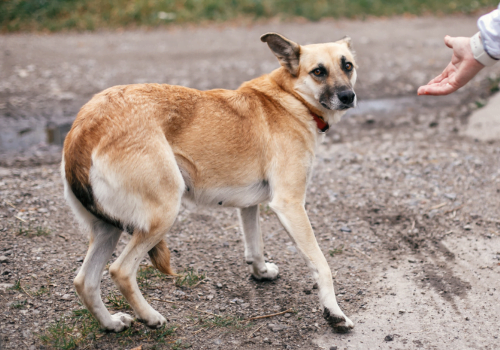
Reading Other Body Language Signs
While the tail is a significant indicator of a dog’s emotional state, it’s not the only one. Other physical signs that can show signs of a dog’s emotional state include:
The more you recognize these signs, the better you will understand your furry friend’s state of mind.
Conclusion
Understanding why your dog tucks her tail when you pet her can help you better cater to her needs and ensure her well-being. Remember, every dog is unique, and what holds true for one might not apply to another. When in doubt, always seek veterinary guidance.
As an Amazon Associate I earn from qualifying purchases.
